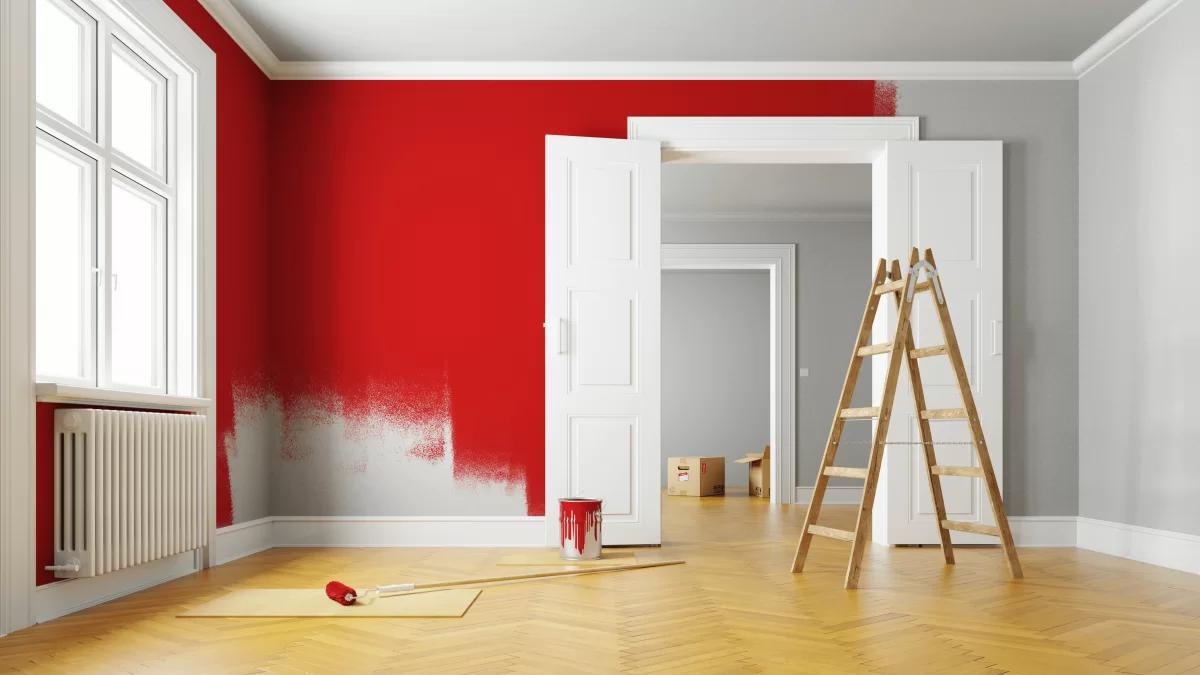

Articles
How Many Coats Of Paint On Interior Walls
Modified: December 7, 2023
Discover how many coats of paint you should apply on your interior walls with these helpful articles.
(Many of the links in this article redirect to a specific reviewed product. Your purchase of these products through affiliate links helps to generate commission for Storables.com, at no extra cost. Learn more)
Introduction
When it comes to painting the interior walls of your home, achieving a flawless and durable finish is of utmost importance. One question that often arises during this process is, “How many coats of paint should I apply?” Determining the appropriate number of coats can significantly impact the overall appearance and longevity of the paint job.
While some may think that a single coat of paint is sufficient, there are several factors to consider before reaching a decision. In this article, we will explore these factors and provide recommendations for the number of coats for different surfaces and colors. We will also highlight the benefits of applying multiple coats of paint, as well as the potential drawbacks of applying too many.
Whether you are painting a newly constructed wall or refreshing the existing paintwork, it is important to understand the impact of the number of coats on the final result. By taking the time to consider these factors, you can ensure a professional-looking finish that will stand the test of time.
Key Takeaways:
- Achieving a flawless and durable finish on interior walls requires considering factors such as color, surface condition, and paint type to determine the optimal number of coats. Applying multiple coats offers improved coverage, color depth, and durability, but it’s essential to avoid overloading the surface with excessive layers to prevent potential issues.
- Properly applying multiple coats of paint involves surface preparation, primer use, thin and even coat application, ample drying time, and careful inspection between layers. Choosing high-quality paint and considering environmental factors contribute to a successful and long-lasting paint job.
Read more: How Many Coats Of Paint On Ceiling
Factors to Consider before Deciding the Number of Coats of Paint
Before deciding the number of coats of paint to apply on your interior walls, it is essential to consider several factors. These factors can influence the coverage, durability, and overall appearance of the paint job. Let’s explore them in detail:
- Color and Opacity: The color and opacity of the paint you choose can impact the number of coats required. Darker colors and shades with low opacity may need additional coats to achieve full coverage and richness. Lighter colors and more opaque shades, on the other hand, often require fewer coats.
- Surface Condition: The condition of the surface you are painting plays a significant role in determining the number of coats needed. If the surface is rough or has imperfections, additional coats may be required to even out the texture and create a smooth finish.
- Previous Color and Paint Type: If you are changing the color of your walls or using a different type of paint than what was previously applied, you may need more coats to hide the old color and ensure proper adhesion of the new paint. Oil-based paints, for example, may require additional coats when switching from latex-based paints.
- Quality of Paint: The quality of the paint you choose can also impact the coverage. Higher-quality paints often have better pigmentation and coverage, allowing you to achieve satisfactory results with fewer coats.
- Lighting Conditions: The lighting conditions in the room can affect how the paint color appears. If the room has dim lighting or receives minimal natural light, additional coats may be needed to achieve the desired color intensity and vibrancy.
- Purpose of the Room: Consider the purpose of the room you are painting. High-traffic areas, such as hallways or children’s rooms, may benefit from an extra coat or two for added durability and easier maintenance.
By taking these factors into account, you can make an informed decision regarding the number of coats of paint needed for your interior walls. Keep in mind that it is always better to apply an extra coat than to have an incomplete or uneven paint job. Now that we have explored the factors to consider, let’s move on to the recommended number of coats for different surfaces and colors.
Recommended Number of Coats for Different Surfaces and Colors
While the number of coats of paint needed may vary depending on the factors mentioned earlier, there are general guidelines to follow when determining the recommended number of coats for different surfaces and colors. Here’s a breakdown:
- Newly Constructed Walls: For brand new walls, it is advisable to apply a primer coat followed by two coats of paint. The primer helps with adhesion and provides a smooth base for the paint. Two topcoats ensure proper coverage and a consistent finish.
- Previously Painted Walls: If you are painting over existing paint with the same color and type of paint, one to two coats may be sufficient. However, keep in mind that if the existing paint is significantly lighter or darker than the new color, additional coats may be needed to achieve the desired result.
- Dark Colors or Low Opacity Shades: Dark colors and shades with low opacity often require additional coats to achieve full coverage. Depending on the color and paint quality, three to four coats may be necessary to attain the desired depth and richness.
- Light Colors or Opaque Shades: Lighter colors and more opaque shades generally require fewer coats. In most cases, two coats should be sufficient. However, if the coverage appears uneven or if you desire a more vibrant hue, a third coat may be beneficial.
- Trim and Detailing: When painting trim, doors, or other detailed areas, it is recommended to apply two to three coats for optimal coverage and durability. Thoroughly inspect the surface after each coat to ensure even application.
It is important to note that these recommendations are general guidelines and may vary depending on the specific paint brand, type, and color you choose. Always refer to the manufacturer’s instructions for the recommended number of coats. Additionally, consider conducting a test patch on a small area before committing to the full paint job to ensure you are satisfied with the coverage and appearance.
Now that we have covered the recommended number of coats for different surfaces and colors, let’s discuss the benefits of applying multiple coats of paint.
Benefits of Applying Multiple Coats of Paint
Applying multiple coats of paint on your interior walls offers numerous benefits that contribute to the overall quality and longevity of the paint job. Let’s explore some of these advantages:
- Improved Coverage: The primary benefit of applying multiple coats is achieving better coverage. Additional coats can help hide imperfections, create a more uniform color, and ensure that the underlying surface is properly concealed. This is particularly important when working with darker colors or when transitioning from a light to a dark color.
- Enhanced Color Depth: Multiple coats of paint can also enhance the color depth and richness. Each layer adds depth to the hue, making it more vibrant and visually appealing. This effect is particularly noticeable with translucent or metallic finishes.
- Longer Lasting Finish: By applying multiple coats, you create a stronger and more durable barrier against wear and tear. The additional layers of paint provide added protection to the walls, making them more resistant to scratches, stains, and moisture. This ultimately prolongs the lifespan of the paint job.
- Smooth and Professional Appearance: Extra coats of paint can help achieve a smoother and more professional-looking finish. Each layer fills in any unevenness or texture on the surface, resulting in a flawlessly smooth appearance. This is especially beneficial for high-traffic areas or rooms with critical lighting conditions where imperfections are more noticeable.
- Improved Adhesion: Multiple coats of paint enhance the adhesion of the paint to the surface. The additional layers help create a stronger bond, reducing the risk of peeling or flaking over time. This is especially important when painting surfaces that are prone to moisture or temperature fluctuations.
While applying multiple coats of paint may require more time and effort, the benefits outweigh the extra work. Not only do multiple coats create a more visually pleasing and long-lasting finish, but they also provide added protection to your walls.
However, it is important to strike a balance and avoid overloading the surface with excessive coats of paint, as this can lead to potential drawbacks. Let’s discuss these drawbacks in the following section.
For interior walls, it is generally recommended to apply two coats of paint for a smooth and even finish. The first coat provides coverage and the second coat ensures a consistent color and finish.
Potential Drawbacks of Applying Too Many Coats of Paint
While applying multiple coats of paint can have numerous benefits, it is important to be mindful of the potential drawbacks that can arise from applying too many layers. Here are some potential drawbacks to consider:
- Increased Drying Time: Each coat of paint needs time to dry thoroughly before applying the next layer. Applying too many coats can significantly extend the overall drying time, potentially causing delays in completing the painting project. It is crucial to ensure each coat is fully dry before proceeding, as rushing the process can result in a compromised finish.
- Build-up of Paint Thickness: Excessive layers of paint can contribute to an excessive build-up of paint thickness. This can result in a bulky and uneven surface, particularly in intricate details like trim or moldings. It is important to monitor the thickness of the paint layers to prevent a heavy and clumpy finish.
- Inefficient Use of Paint: Applying too many coats of paint not only increases the amount of time required for the project but also leads to wastage of paint. This can be an unnecessary expense, especially if the additional coats are not needed for adequate coverage or durability.
- Loss of Surface Texture: Excessive coats of paint can mask the natural texture of the underlying surface, especially if it has interesting architectural features or decorative techniques. If preserving the surface texture is important to you, it is essential to find the right balance between coverage and maintaining the desired texture.
- Potential for Paint Build-up: When applying too many layers of paint, there is a risk of creating a thick and rigid surface that is prone to cracking or peeling over time. This is especially true in areas where the paint is subjected to frequent movement, such as doors or casings. An excessive build-up of paint can compromise the flexibility and adhesion of the paint film.
It is essential to strike a balance when applying multiple coats of paint, ensuring that each layer serves a purpose and contributes to the overall quality and durability of the finish. Adequate coverage and a smooth appearance can be achieved without the need for excessive coats that may lead to potential drawbacks. Now that we have discussed the potential drawbacks, let’s move on to some tips for properly applying multiple coats of paint.
Read more: How To Spray Paint Interior Walls
Tips for Properly Applying Multiple Coats of Paint
Applying multiple coats of paint requires careful execution to achieve the desired results. Here are some tips to help you properly apply multiple coats of paint:
- Prepare the Surface: Before applying paint, make sure the surface is properly prepared. This includes cleaning, sanding, and repairing any imperfections or damage. A smooth and well-prepared surface will ensure better adhesion and a more professional finish.
- Use a Primer: Applying a primer coat before the topcoat can improve adhesion, enhance coverage, and ensure a smooth finish. Primer helps to seal the surface, providing an ideal base for the paint. It is especially beneficial when the surface has drastic color changes or if you are painting over a porous or uneven surface.
- Apply Thin and Even Coats: When applying multiple coats, it is important to apply each coat thinly and evenly. This will help prevent dripping, sagging, and uneven coverage. Use a high-quality brush or roller, and apply the paint in smooth, overlapping strokes for a seamless finish.
- Allow Ample Drying Time: Each coat of paint needs sufficient drying time before applying the next layer. Follow the manufacturer’s instructions to determine the recommended drying time. Avoid rushing the process, as insufficient drying time can lead to poor adhesion and compromised finish.
- Inspect Between Coats: Take the time to inspect the surface between coats. Look for any areas that need touch-ups, such as missed spots or uneven coverage. Make any necessary corrections before proceeding with the next coat.
- Lightly Sand Between Coats: To achieve a smoother finish, consider lightly sanding the surface between coats. This helps to eliminate any brush or roller marks and creates a more seamless transition between layers. Be sure to clean off any sanding dust before applying the next coat.
- Choose the Right Paint: Selecting a high-quality paint with good coverage can minimize the number of coats needed. Look for paints that have excellent opacity and adhere well to the surface. Consult with professionals or read customer reviews to ensure you choose the right paint for your project.
- Keep Environmental Factors in Mind: Consider the temperature, humidity, and ventilation in the room while applying multiple coats of paint. Extreme temperature or high humidity can affect the drying time and adhesion of the paint. Adequate ventilation will help promote proper airflow, aiding in the drying process.
By following these tips, you can ensure a professional and successful paint job when applying multiple coats of paint. Taking the time to properly prepare the surface, choose the right paint, and apply each coat carefully will result in a beautiful and long-lasting finish.
Now that we have discussed the tips for properly applying multiple coats of paint, let’s conclude our article.
Conclusion
Deciding the number of coats of paint to apply on your interior walls is an important consideration that can greatly impact the overall appearance and durability of the paint job. By taking into account factors such as color, surface condition, paint type, and lighting conditions, you can make an informed decision that will result in a professional-looking finish.
While there is no one-size-fits-all answer to how many coats of paint you should apply, following some general recommendations can help guide you in the right direction. New walls typically benefit from a primer coat followed by two coats of paint, while previously painted walls may require one to two coats depending on the color change and condition of the existing paint.
Applying multiple coats of paint offers a range of benefits, including improved coverage, enhanced color depth, longer-lasting finish, and improved adhesion. However, it is important to avoid overloading the surface with excessive coats, as this can lead to issues such as increased drying time, paint build-up, and inefficient use of paint.
To properly apply multiple coats of paint, ensure the surface is well-prepared, use a primer when necessary, apply each coat thinly and evenly, allow ample drying time between coats, and inspect and make any necessary touch-ups between layers. Choosing high-quality paint and considering environmental factors like temperature and humidity will also contribute to a successful paint job.
By following these guidelines and taking the time to properly plan and execute your paint project, you can achieve a flawless and long-lasting finish on your interior walls. So don’t rush the process, pay attention to the details, and enjoy the transformation of your space through the power of paint.
Frequently Asked Questions about How Many Coats Of Paint On Interior Walls
Was this page helpful?
At Storables.com, we guarantee accurate and reliable information. Our content, validated by Expert Board Contributors, is crafted following stringent Editorial Policies. We're committed to providing you with well-researched, expert-backed insights for all your informational needs.
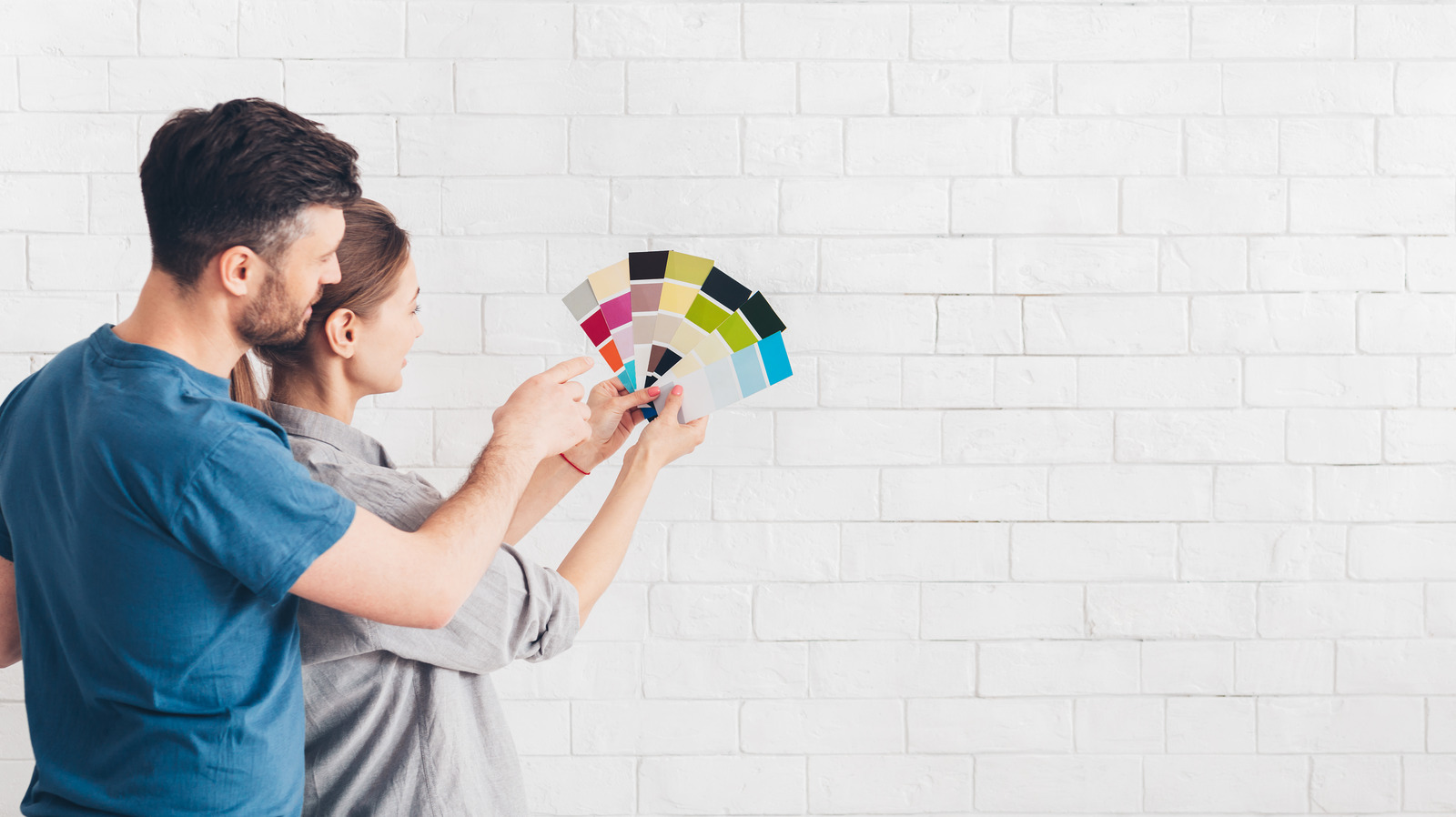
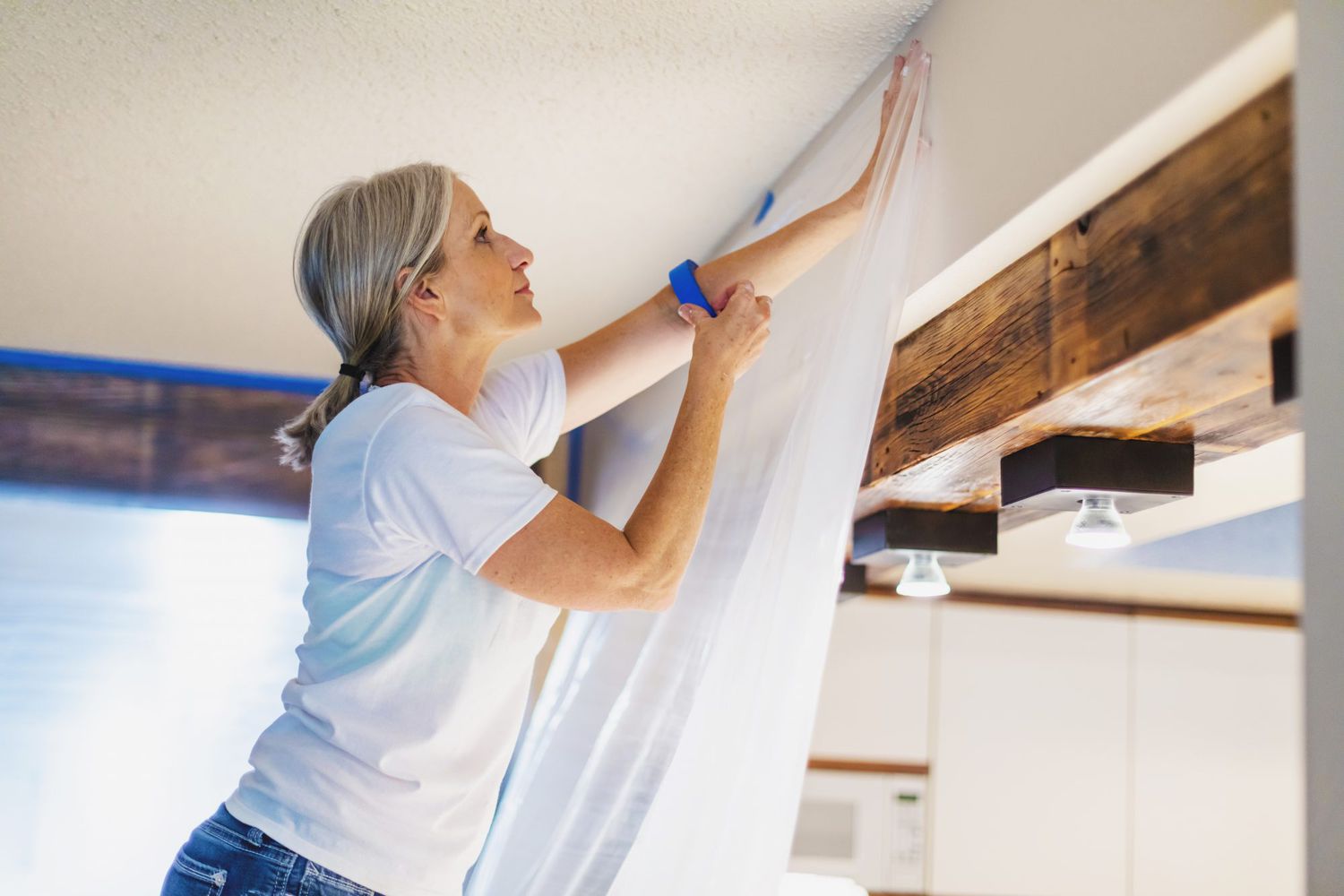
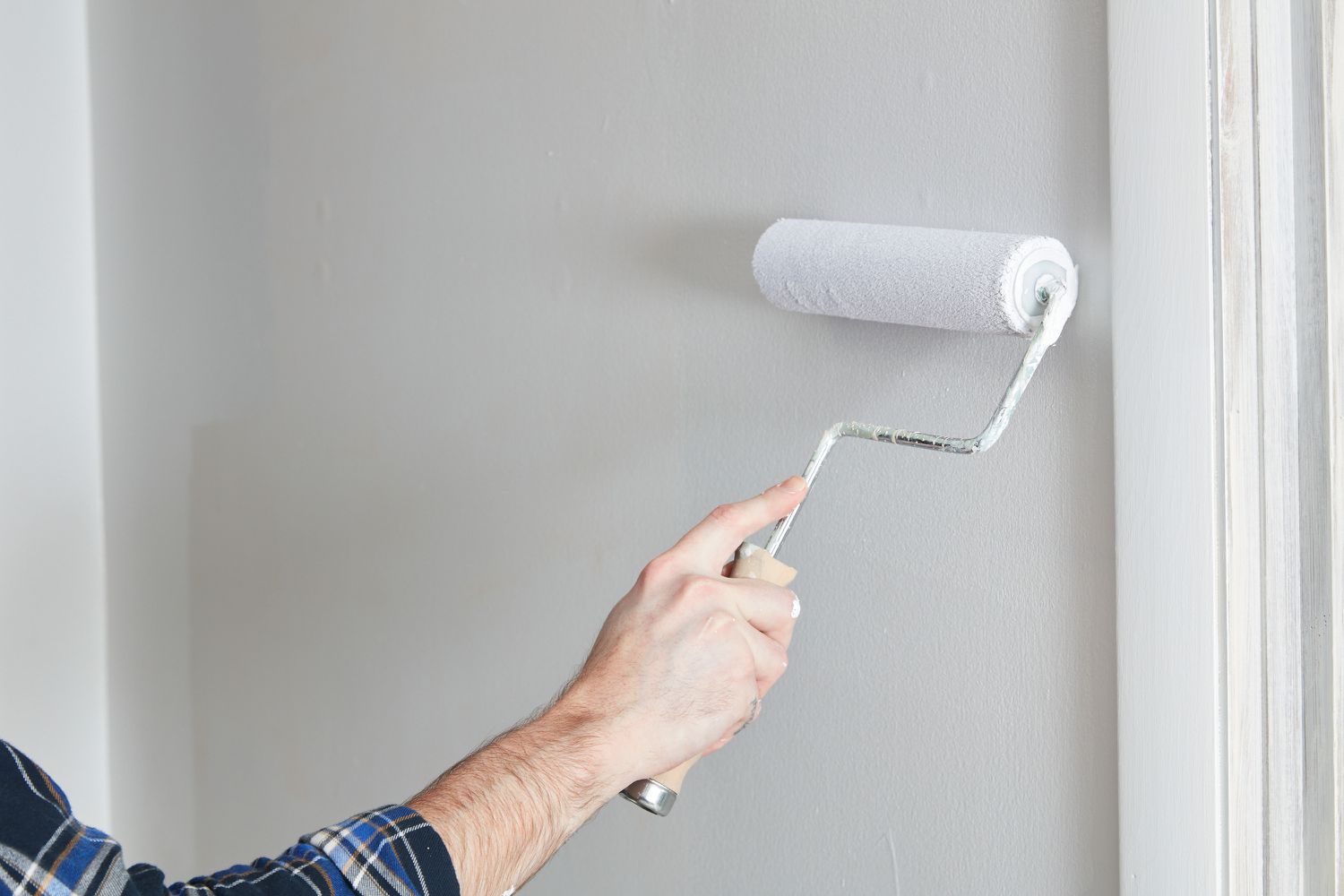
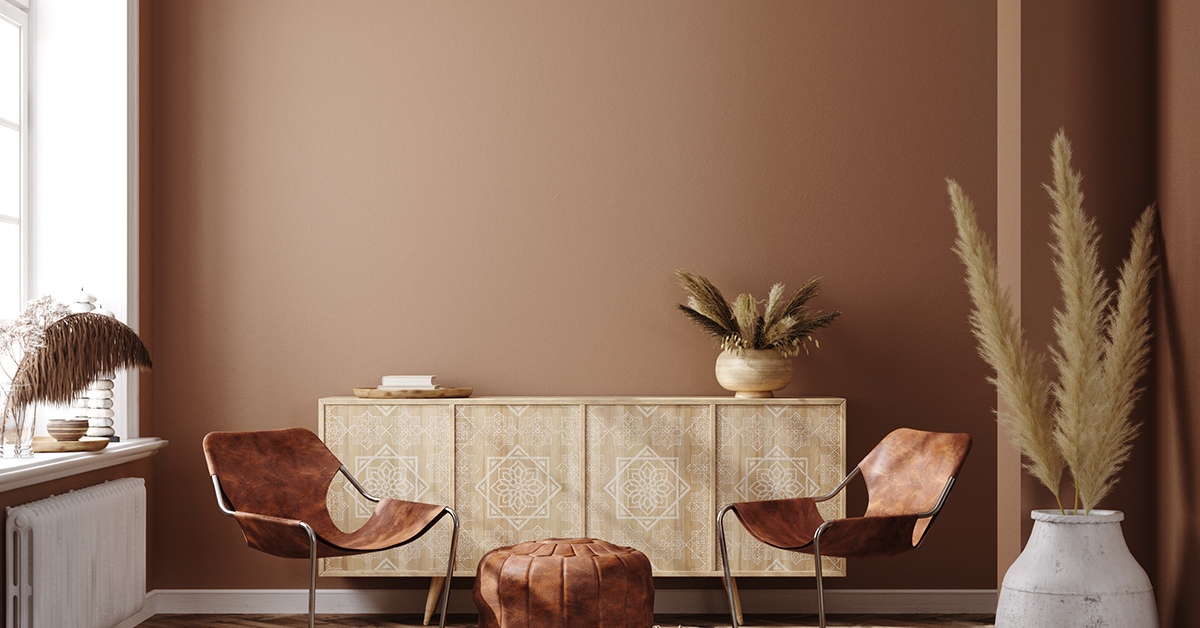
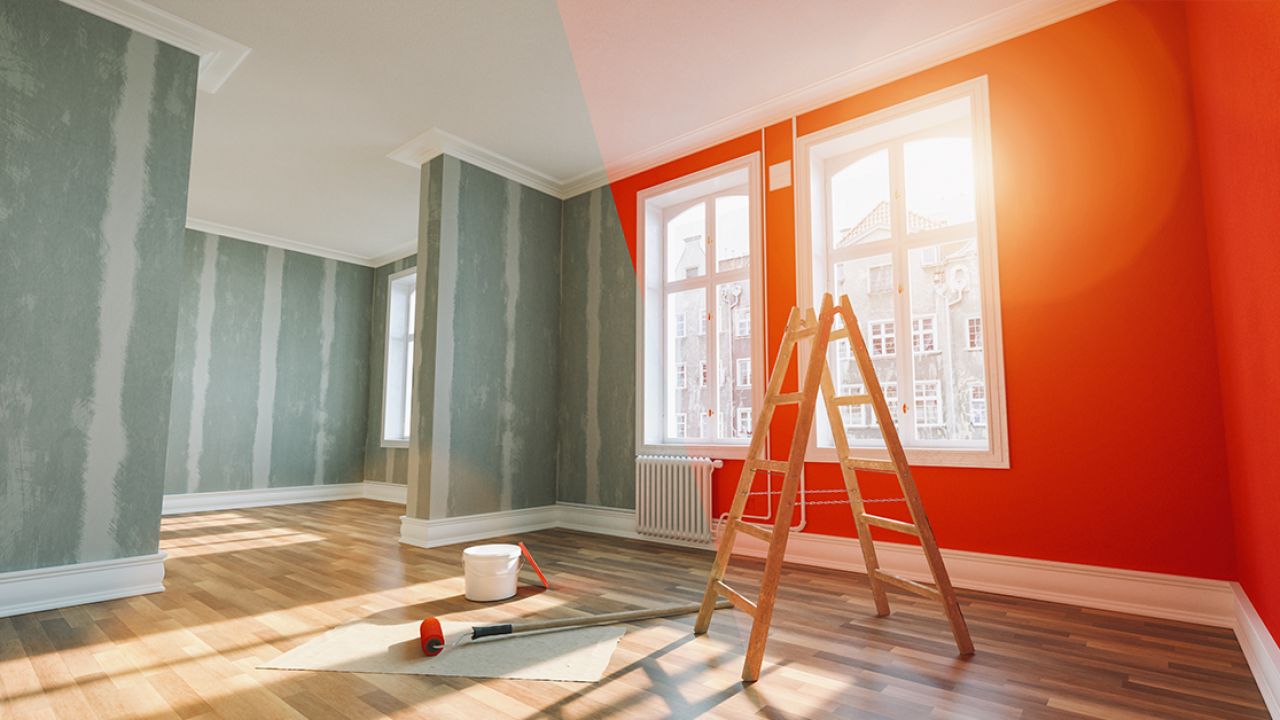
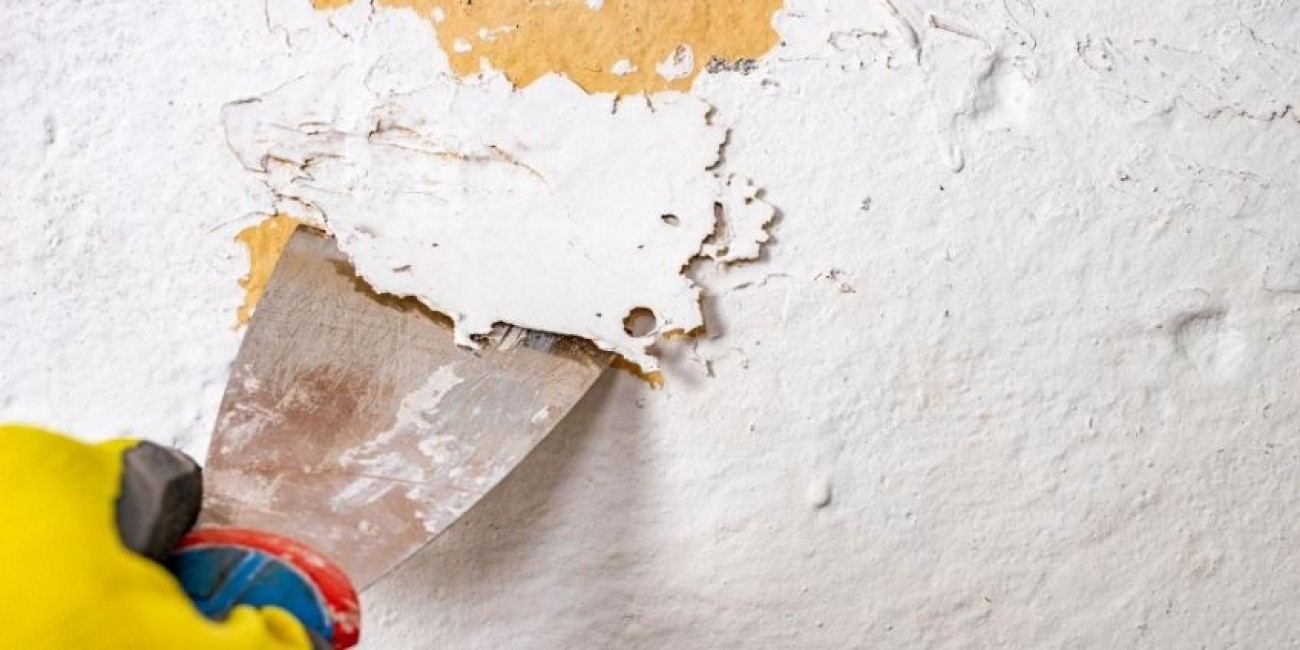
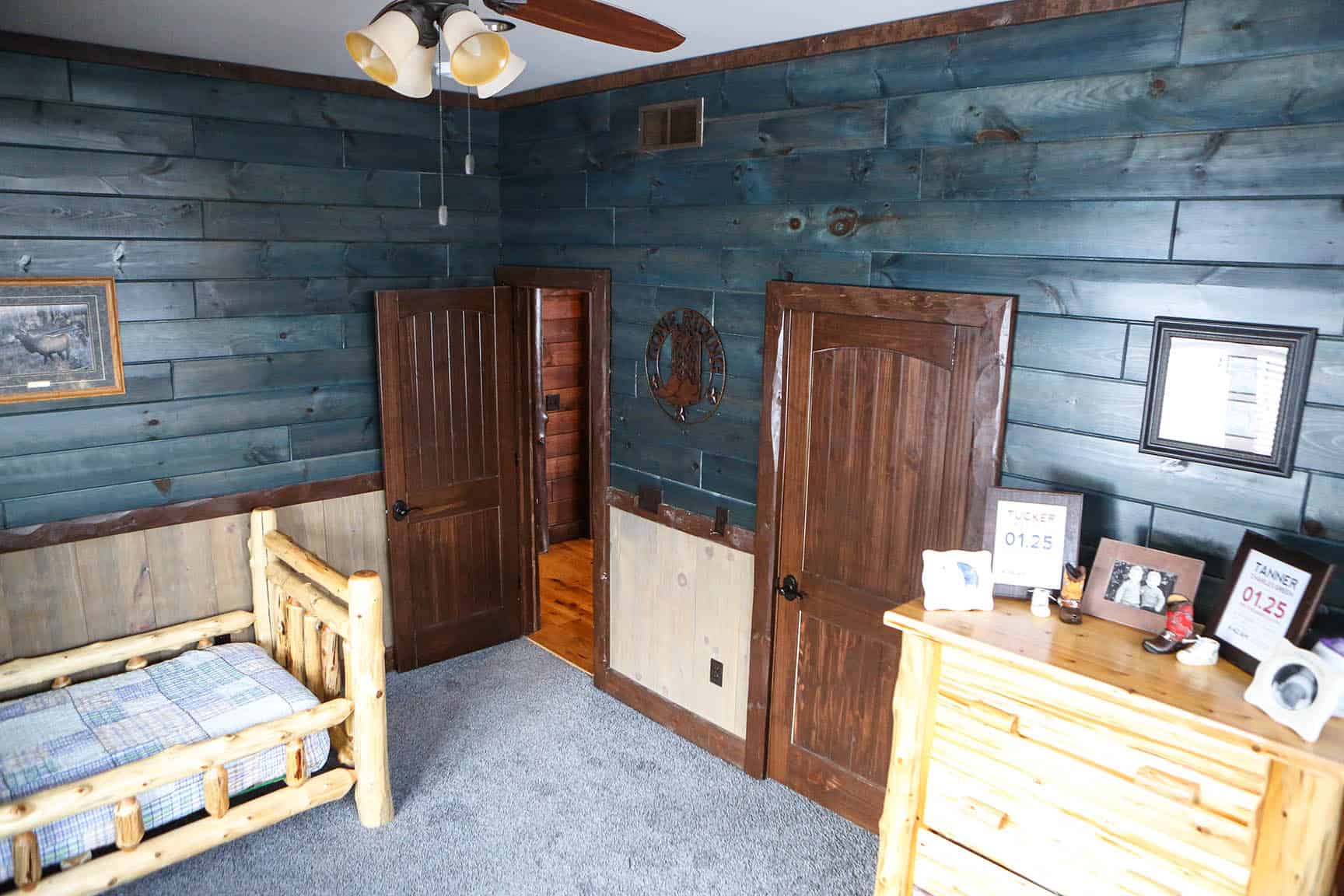
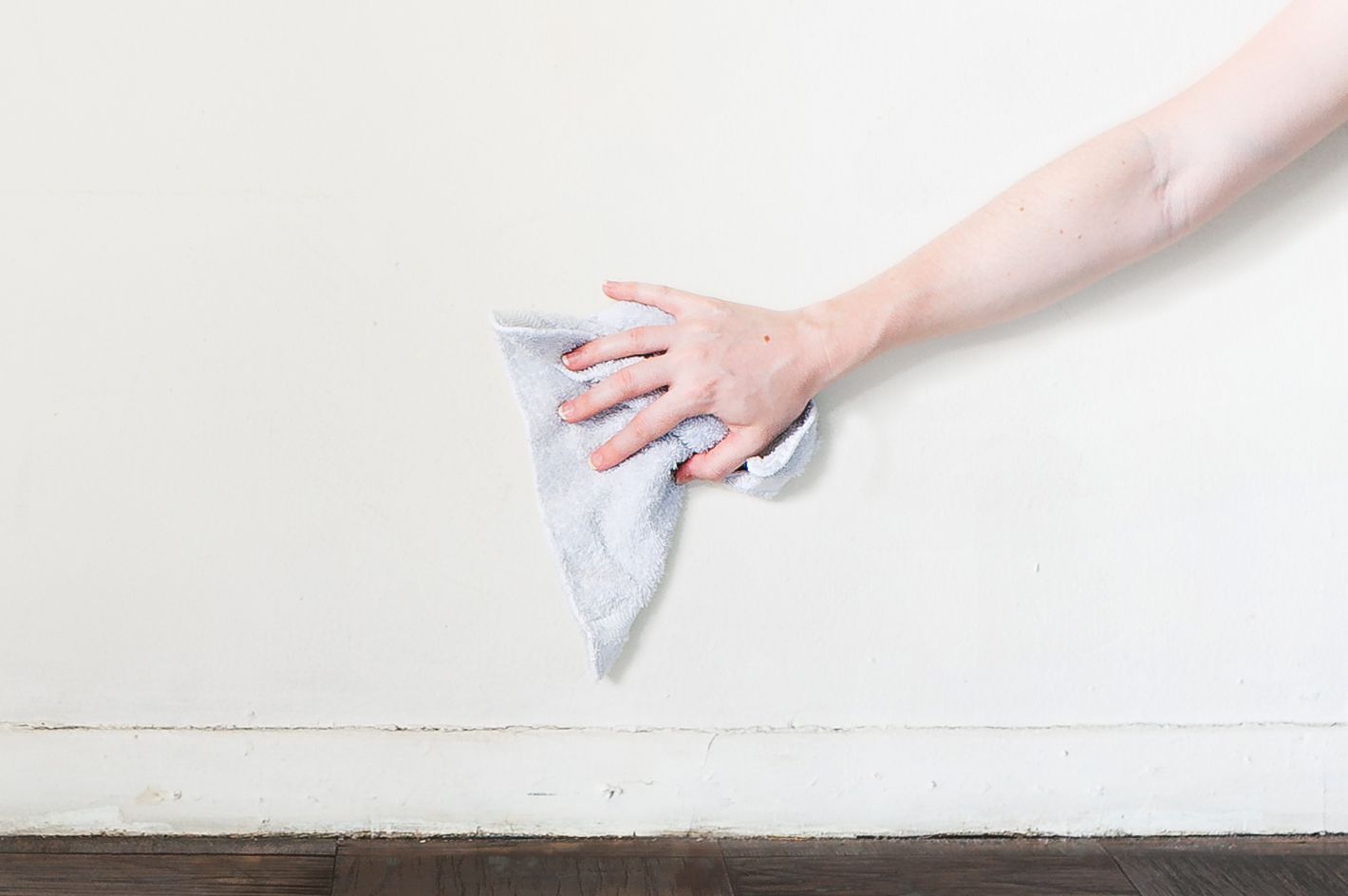
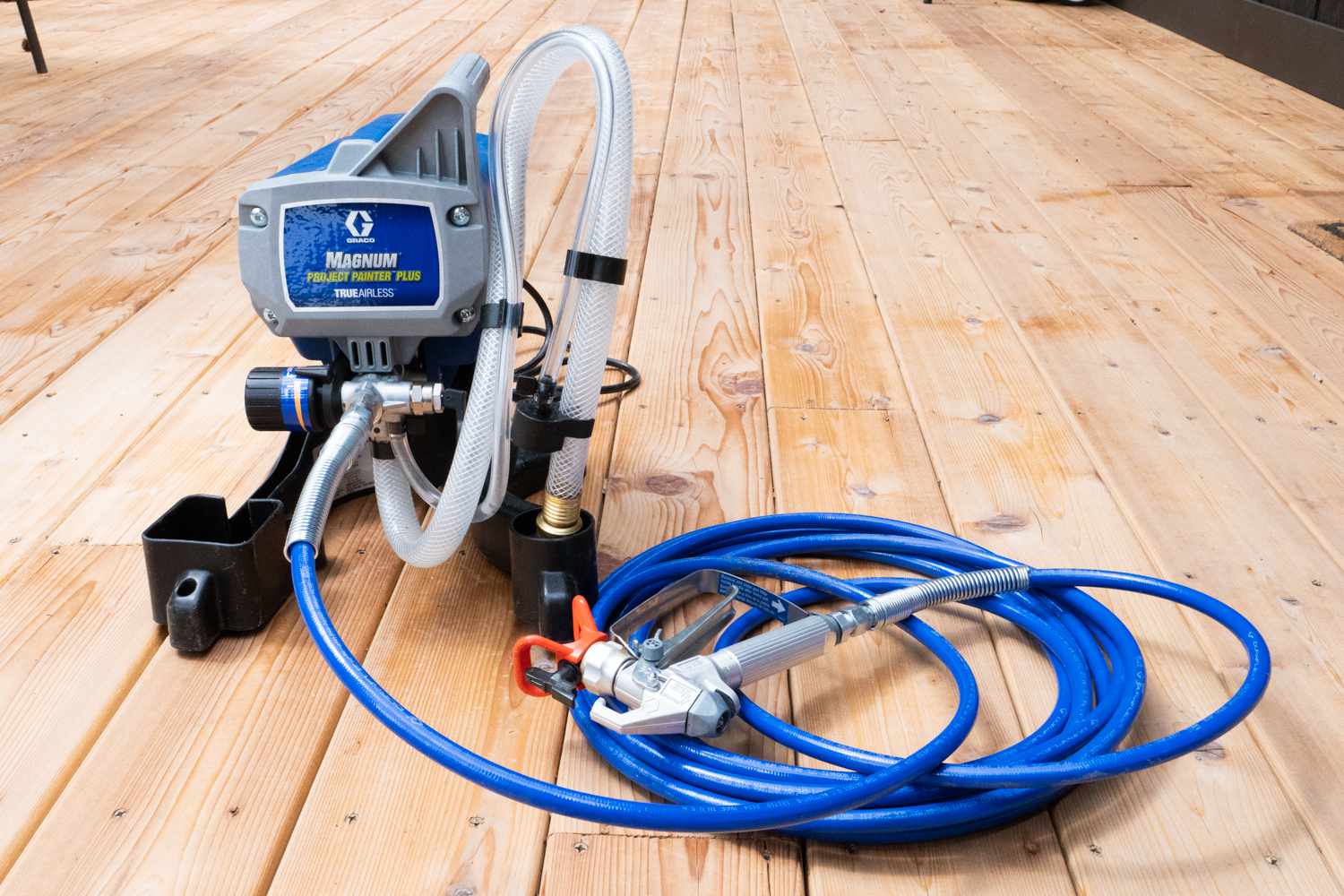
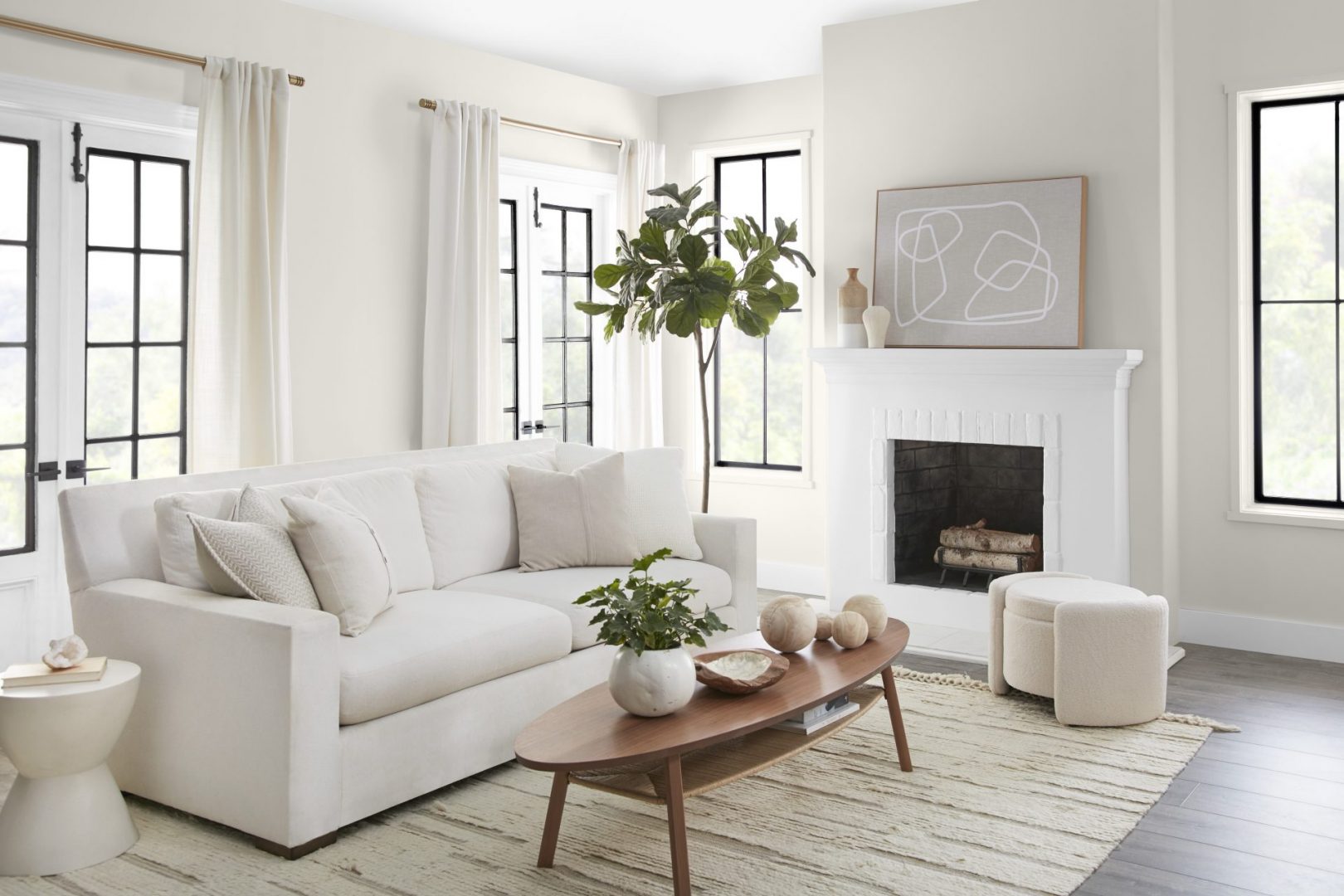
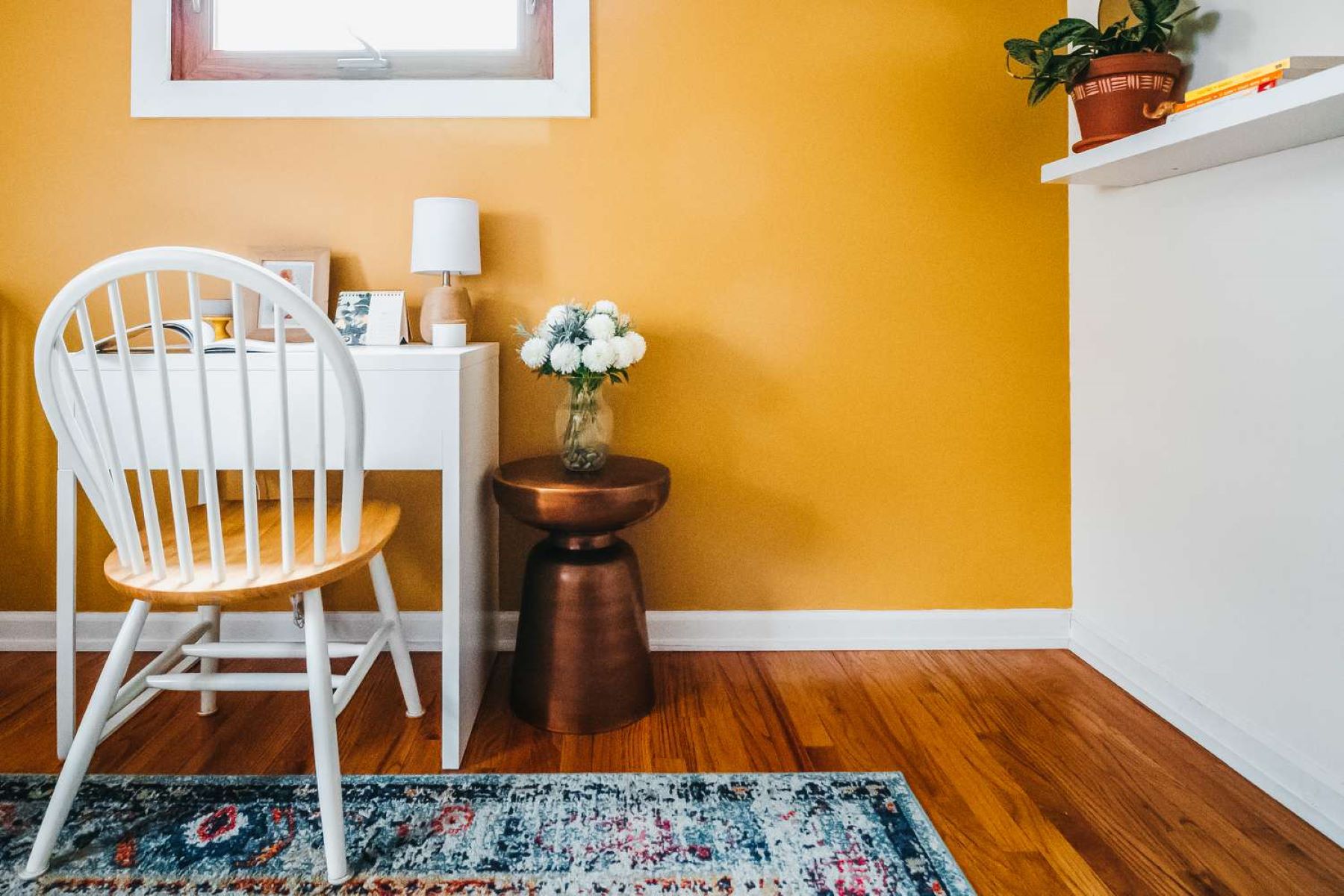
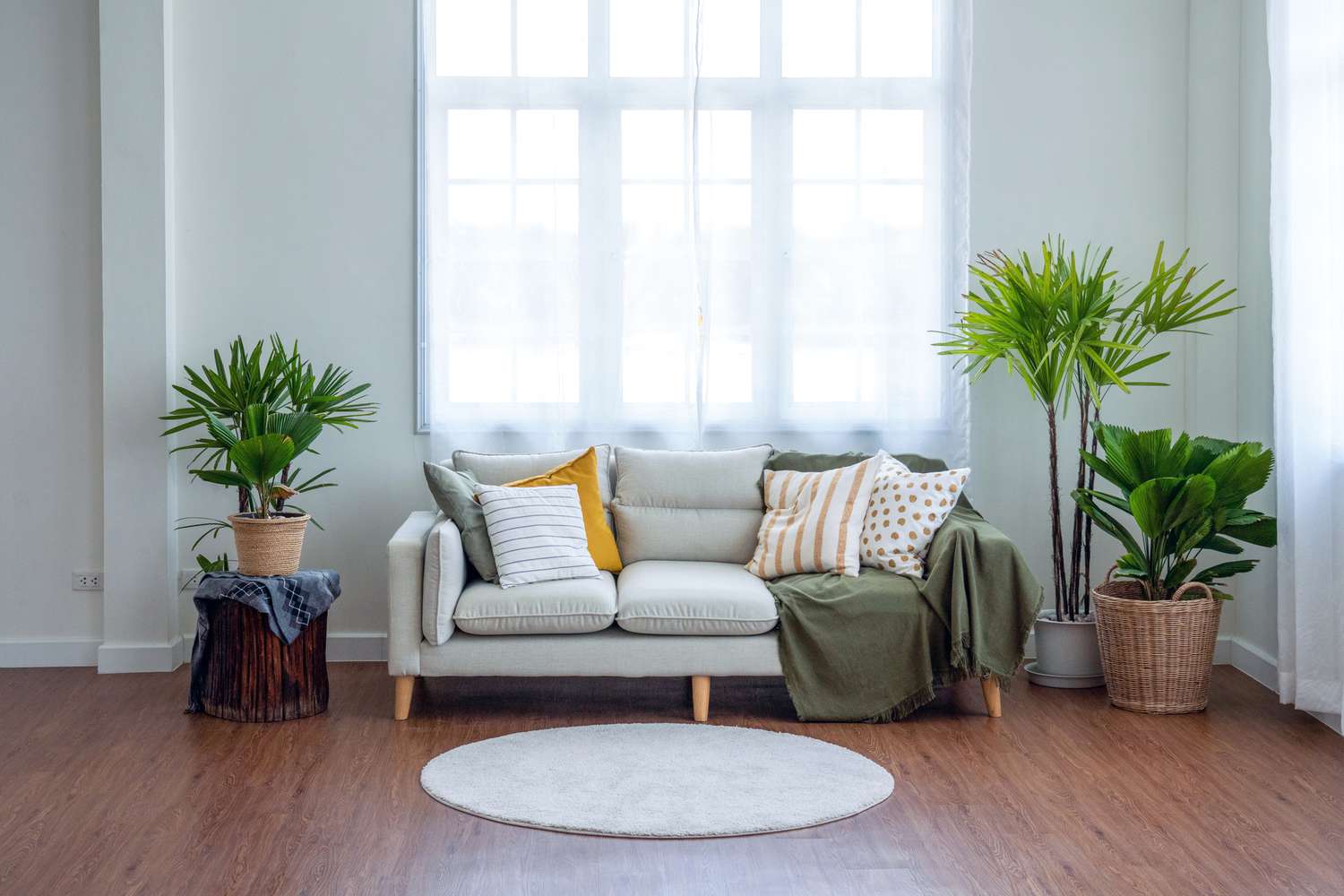
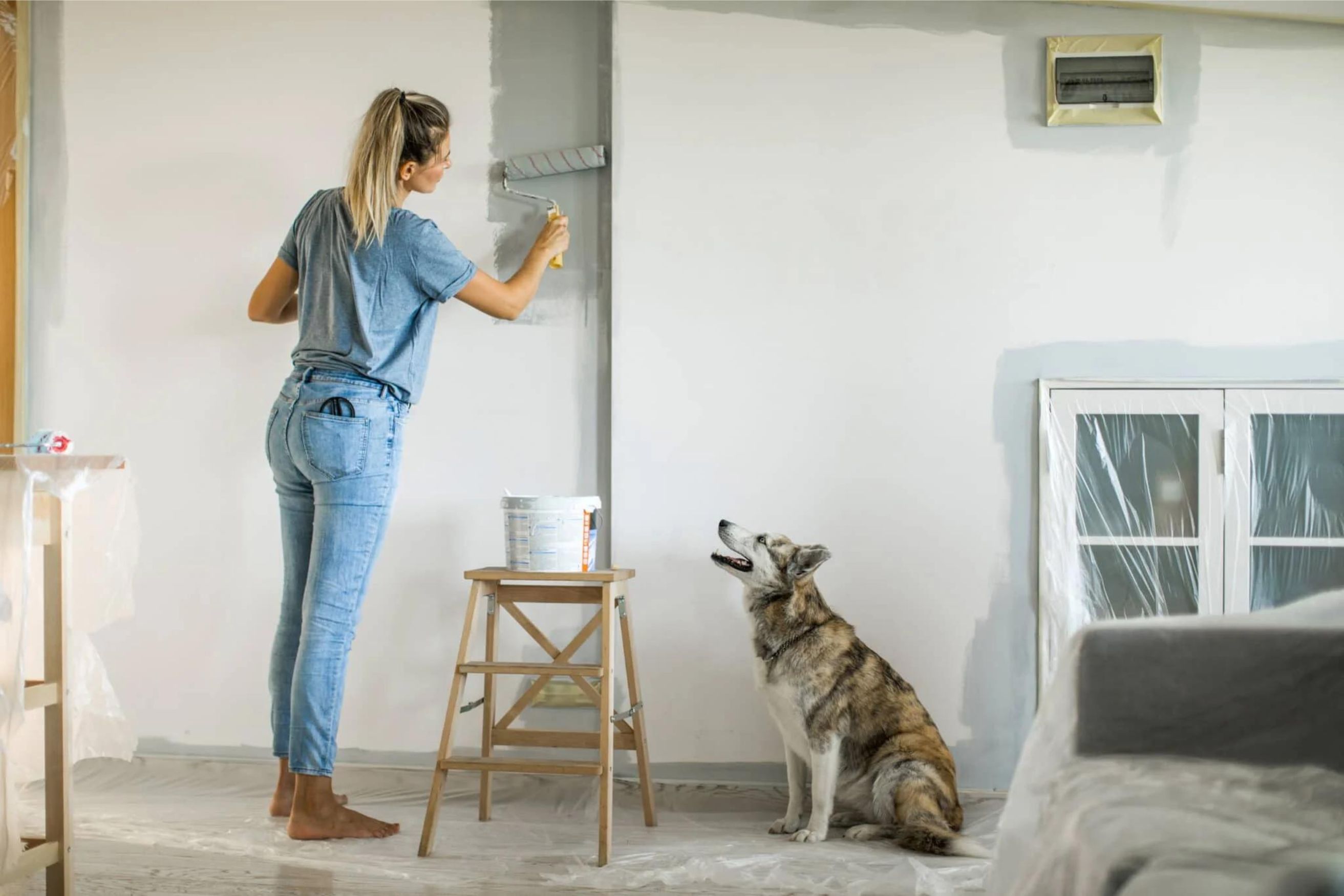
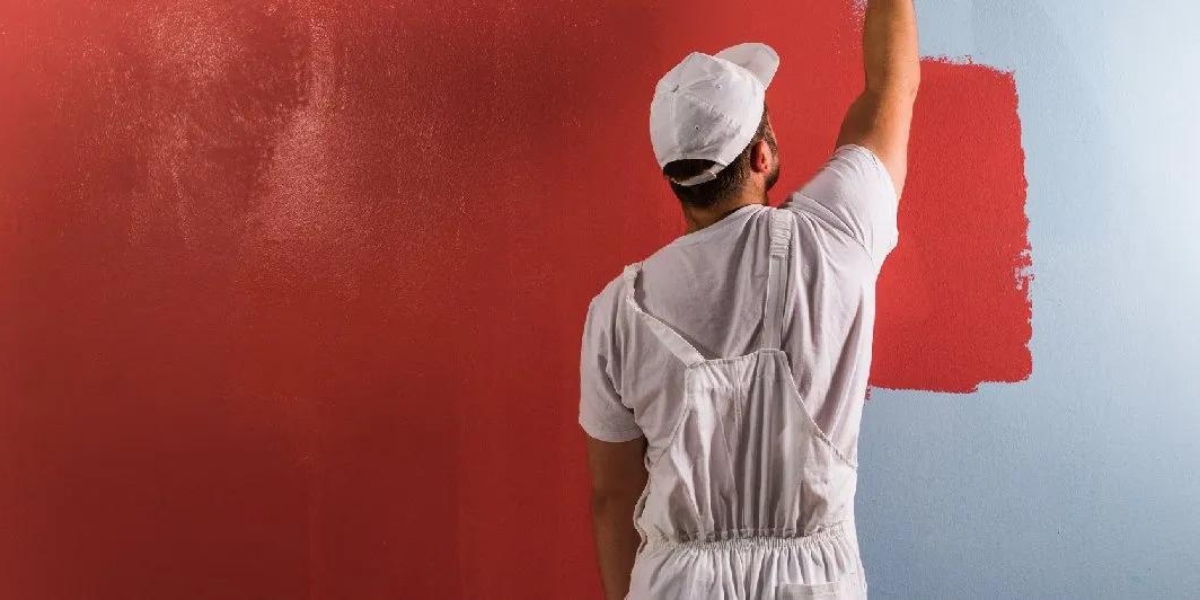

0 thoughts on “How Many Coats Of Paint On Interior Walls”